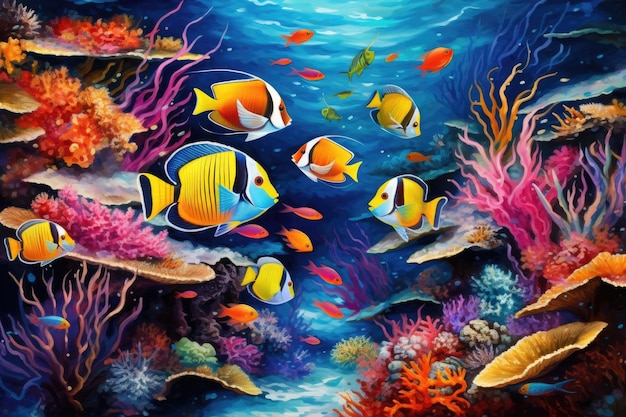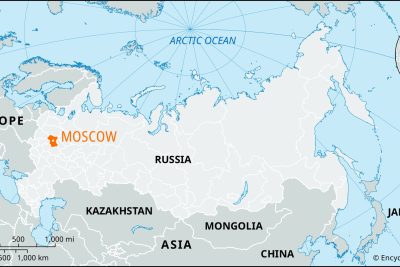
Coral Drawing: Capture the Beauty of Underwater Art

Underwater art is a captivating realm, and coral drawing is one of its most intriguing facets. Artists strive to capture the beauty of corals, which are not just visually stunning but also crucial for marine life. By depicting these vibrant ecosystems through coral drawing, artists not only showcase their aesthetic appeal but also raise awareness about the importance of coral reefs and the threats they face.
The world of corals extends far beyond their exceptional appearance; they are vital to the health of the marine environment. This article will explore the fascinating world of coral, including their various types, characteristics, and their critical role in marine ecosystems. Furthermore, we will delve into the techniques used in coral drawing and offer tips for artists looking to create their underwater masterpieces.
The Fascinating World of Coral
Coral is often mistaken for plants, but they are actually marine animals that belong to the class Anthozoa. They typically live attached to the seabed, displaying a hard skeleton made of calcium carbonate. This makes them crucial in forming structures such as coral reefs, which provide both habitat and protection for countless marine species. Among the most impressive coral formations is the Great Barrier Reef, stretching over 1,250 miles along the northeastern coast of Australia, showcasing a diversity of life and color.
Understanding Coral Types and Their Characteristics
Corals can be categorized into two main types: hard corals and soft corals. Hard corals, or stony corals, build the robust framework of coral reefs, while soft corals, such as sea fans and sea whips, do not produce a hard skeleton but add flexibility and diversity to the reef structure. Each type exhibits unique characteristics, colors, and shapes, making them an artist's dream subject for coral drawing.
- Hard Corals: These corals have a carbonate skeleton and often form large colonies. They reproduce by spawning at specific times of the year.
- Soft Corals: These corals often sway with ocean currents and can come in various hues. They rely on small particles of food for nourishment instead of photosynthesis.
The Importance of Coral Reefs
Coral reefs are often referred to as the "rainforests of the sea" because of their immense biodiversity. They provide habitat and shelter for thousands of marine species, including fish, mollusks, and crustaceans. Beyond the ecological implications, coral reefs support local economies through fisheries and tourism and are critical for coastal protection against storms and erosion.
The Art of Coral Drawing
Coral drawing taps into the vibrant hues and complex forms of coral, enabling artists to express their creativity while celebrating the underwater world. To effectively capture the essence of corals, artists must focus on their intricate details and the interplay of light and color in their natural environment.
Techniques for Capturing Coral Beauty
Artists can use various techniques to create stunning coral drawings. Some popular methods include:
- Sketching: Begin with pencil sketches to outline the basic shapes of the coral.
- Watercolor: Utilize watercolors to capture the translucent and vivid colors of corals.
- Pen and Ink: Detailed line work can highlight the structure and texture of the coral.
- Mixed Media: Combining different media can add depth and dimension to the artwork.
The Role of Coral in Marine Ecosystems
Coral species play an indispensable role in sustaining marine ecosystems. Their presence supports a plethora of marine life, from tiny zooplankton to large predators. In addition, corals contribute to carbon cycling and help maintain the balance of ocean chemistry, emphasizing their importance beyond aesthetic appeal.
Challenges Facing Corals Today
Despite their significance, corals face numerous threats, including climate change, pollution, overfishing, and ocean acidification. These challenges have resulted in the alarming phenomenon known as coral bleaching, where stressed corals expel the symbiotic algae that provide them with color and nourishment. Protecting corals is vital not only for marine biodiversity but also for maintaining the health of our oceans.
Tips for Artists: Creating Coral-Inspired Art
For aspiring artists eager to embark on their coral drawing journey, here are some helpful tips:
- Research and Observation: Study real corals in their natural habitat through underwater photography or visits to aquariums to gain a deeper understanding of their forms and colors.
- Experiment with Styles: Don't be afraid to explore different artistic styles, whether realistic or abstract interpretations of corals.
- Focus on Detail: Pay attention to the unique textures and forms of each coral species, capturing the intricate beauty in your artwork.
- Raise Awareness: Use your art as a medium to raise awareness about coral conservation and the importance of protecting marine environments.
Conclusion: Embracing Underwater Beauty through Art
Through coral drawing, artists have a unique opportunity to embrace the beauty of underwater ecosystems while contributing to the broader conversation on marine conservation. By creating artworks that celebrate corals’ vibrant colors and shapes, we can inspire others to appreciate these crucial marine structures and work towards their protection. As we continue to explore the depths of the ocean and share its wonders through art, let us remember the vital role corals play in our planet's health and strive to protect them for generations to come.
Did you find this article helpful? Coral Drawing: Capture the Beauty of Underwater Art See more here Education.
Leave a Reply






Related posts